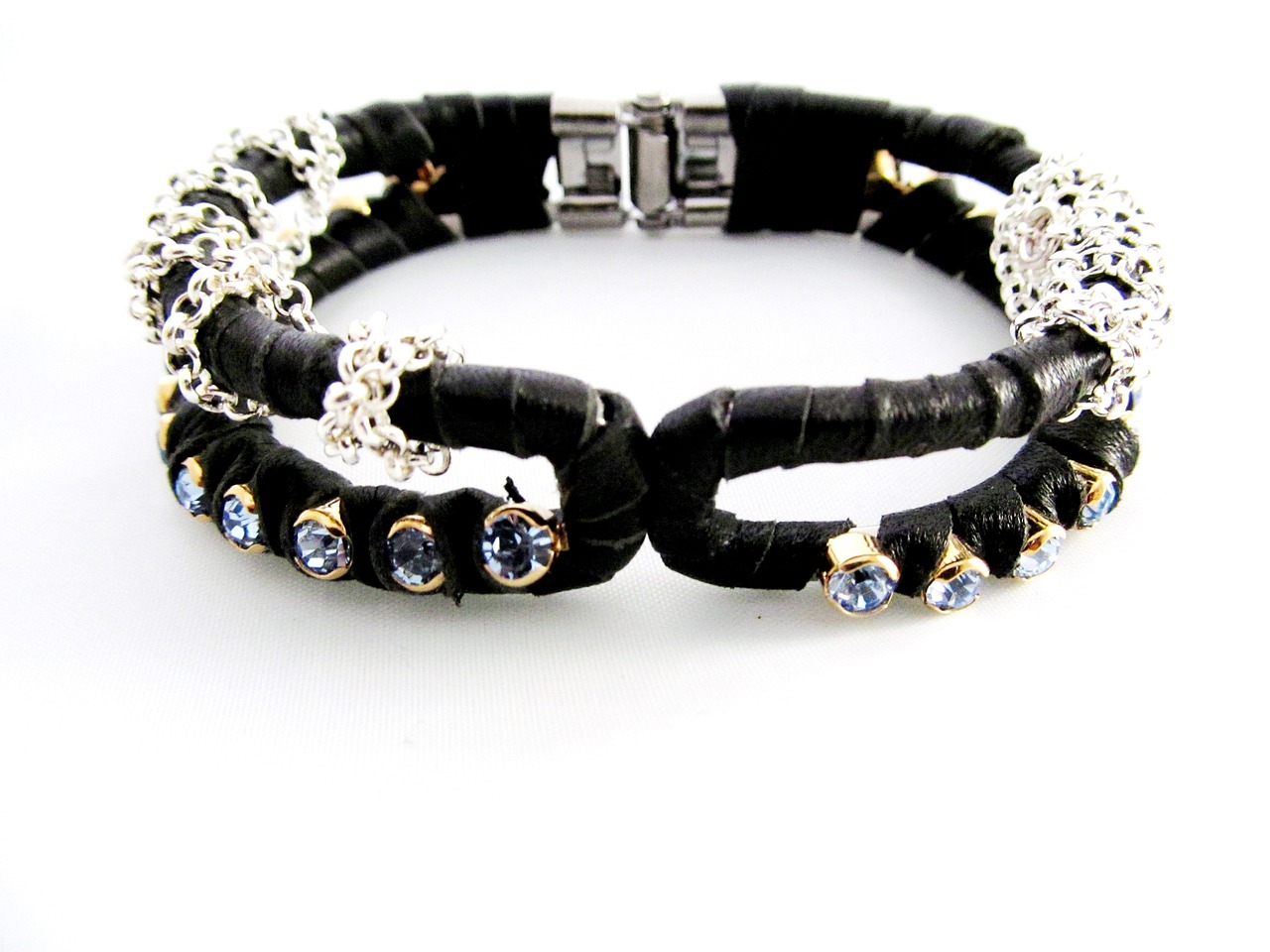Fast Fashion and the Impact of Fashion in Digital Art Platforms
betbook250 com login, reddyanna247, play lotus365.com login: Fast fashion has become a dominant force in the fashion industry, with brands like Zara, H&M, and Forever 21 churning out trendy pieces at lightning speed. While fast fashion has revolutionized the way we consume clothing, it has also raised concerns about its impact on the environment and labor practices. In recent years, the rise of fast fashion has also influenced digital art platforms, creating a unique intersection between fashion and art.
The Impact of Fast Fashion on Digital Art Platforms
Fast fashions rapid cycle of production and consumption has led to an increased demand for visually appealing content. As a result, digital art platforms have become a popular destination for fashion brands looking to tap into a new audience. Platforms like Instagram, Pinterest, and TikTok have become virtual runways for showcasing the latest trends and connecting with consumers on a more personal level.
The accessibility and democratization of digital art platforms have allowed emerging designers and artists to showcase their work to a global audience. Collaborations between fashion brands and digital artists have become commonplace, resulting in unique and innovative campaigns that blur the lines between art and commerce.
How Fast Fashion Influences Digital Art
Fast fashions emphasis on trends and quick turnover has influenced the way digital artists create and share their work. Social media platforms have become a breeding ground for viral trends, with artists leveraging popular hashtags and challenges to gain visibility. The rise of influencer culture has also played a significant role in shaping digital art, with artists partnering with fashion bloggers and celebrities to reach a wider audience.
The digital landscape has also allowed artists to experiment with new mediums and techniques, blurring the boundaries between traditional art forms and digital design. Collaborations between fashion brands and digital artists have resulted in immersive experiences that merge fashion, art, and technology in exciting ways.
FAQs
Q: How does fast fashion impact the environment?
A: Fast fashions reliance on cheap materials and fast production cycles contributes to environmental pollution and waste. The overconsumption of clothing leads to increased textile waste and the depletion of natural resources.
Q: What are the ethical implications of fast fashion?
A: Fast fashion is often associated with exploitative labor practices, with many garment workers facing poor working conditions and low wages. The relentless pursuit of profit at the expense of workers rights has raised ethical concerns within the fashion industry.
Q: How can consumers support sustainable fashion?
A: Consumers can support sustainable fashion by opting for ethically produced and environmentally friendly clothing, shopping second-hand, and advocating for transparency and accountability within the fashion supply chain.
In conclusion, the intersection of fast fashion and digital art platforms has created new opportunities for collaboration and creativity. While the impact of fast fashion on the environment and labor practices remains a pressing issue, the evolving landscape of digital art presents a promising avenue for innovation and expression. By engaging with digital art and supporting sustainable fashion practices, consumers can contribute to a more ethical and inclusive fashion industry.







